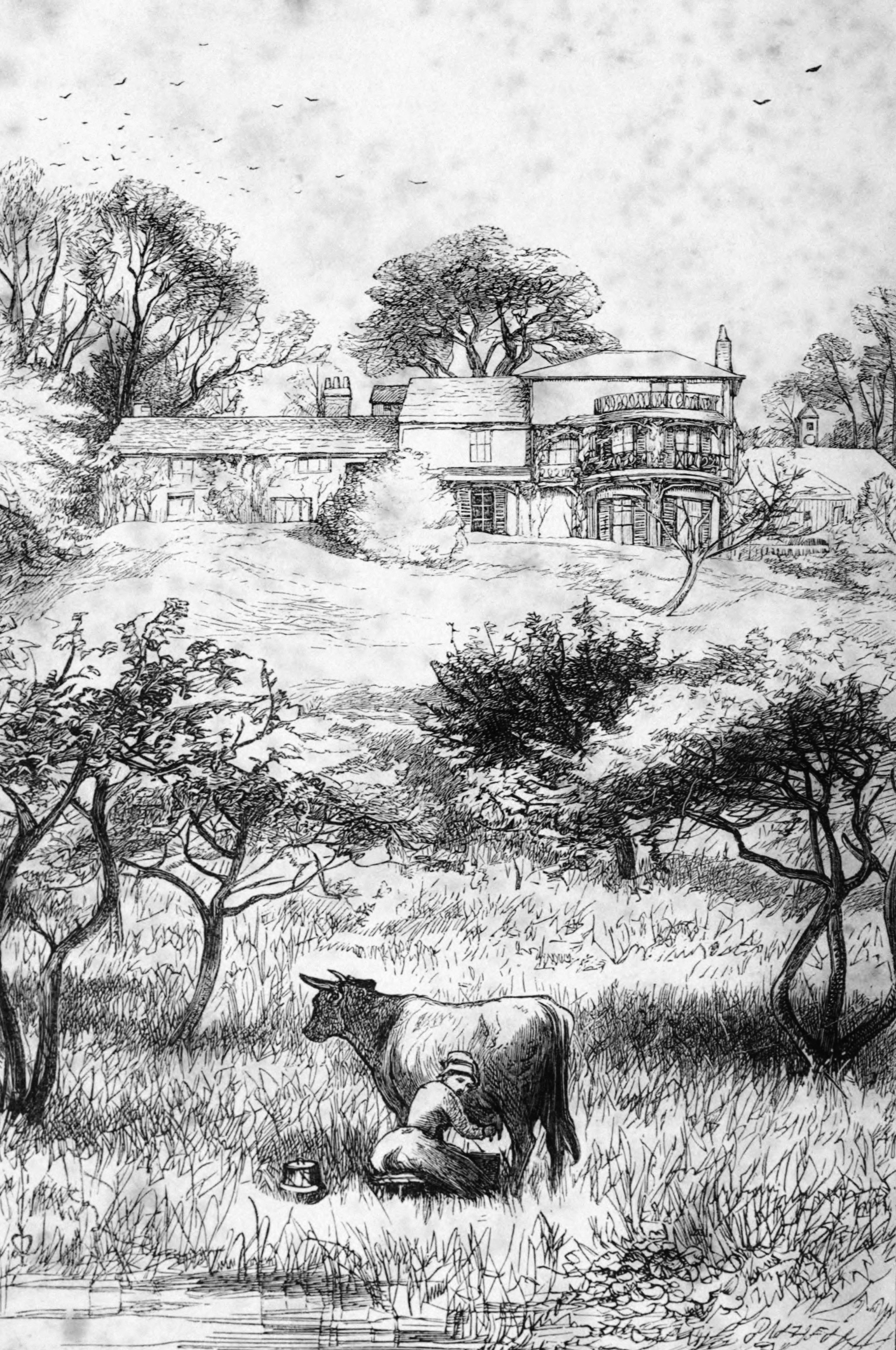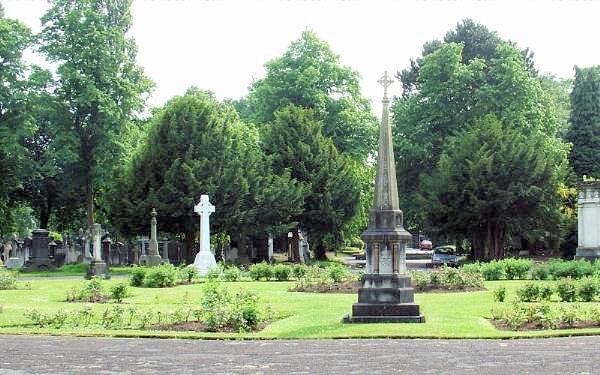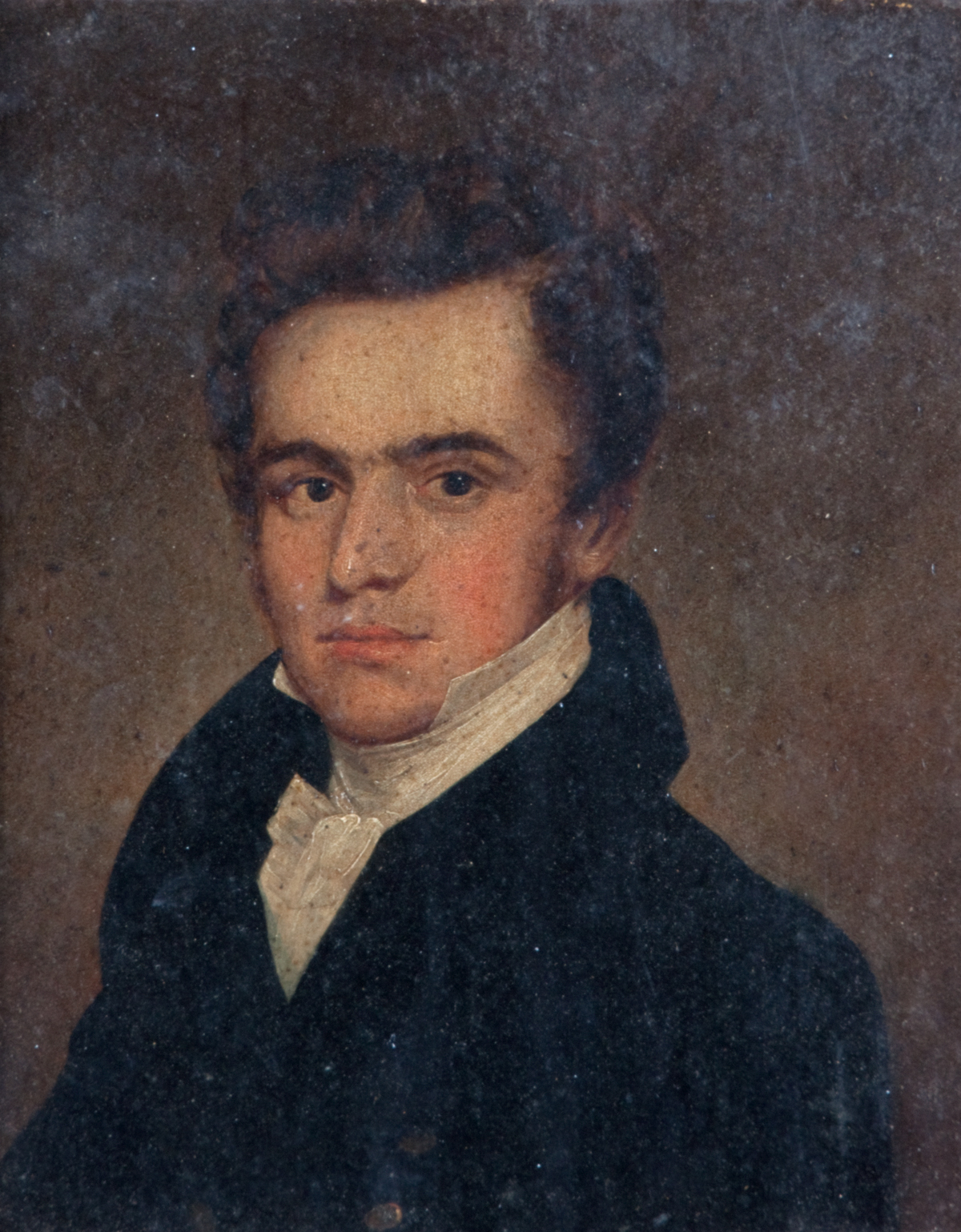|
Cremation Society Of Great Britain
The Cremation Society of Great Britain (now known as The Cremation Society) was founded in 1874 to promote the use of cremation as an alternative means of dealing with the bodies of the dead instead of burial which until then was the only option. Today the society is a registered charity and is not conducted for profit. Early history In Europe, a movement to reintroduce cremation as a viable method for body disposal began in the early 1870s. This was made possible by the invention of new furnace technology and contact with Eastern cultures that practiced it. At the time, many proponents believed in the miasma theory, and that cremation would reduce the "bad air" that caused diseases. In 1869, the idea was presented to the Medical International Congress of Florence by Professors Coletti and Castiglioni "in the name of public health and civilization". In 1873 Professor Paolo Gorini of Lodi and Professor Ludovico Brunetti of Padua published reports of practical work they had conducte ... [...More Info...] [...Related Items...] OR: [Wikipedia] [Google] [Baidu] |
Woking Crematorium 2018
Woking ( ) is a town and borough in northwest Surrey, England, around from central London. It appears in Domesday Book as ''Wochinges'' and its name probably derives from that of a Saxon landowner. The earliest evidence of human activity is from the Paleolithic, but the low fertility of the sandy, local soils meant that the area was the least populated part of the county in 1086. Between the mid-17th and mid-19th centuries, new transport links were constructed, including the Wey Navigation, Basingstoke Canal and London to Southampton railway line. The modern town was established in the mid-1860s, as the London Necropolis Company began to sell surplus land surrounding the railway station for development. Modern local government in Woking began with the creation of the Woking Local Board in 1893, which became Woking Urban District Council (UDC) in 1894. The urban district was significantly enlarged in 1907, when it took in the parish of Horsell, and again in 1933 when it to ... [...More Info...] [...Related Items...] OR: [Wikipedia] [Google] [Baidu] |
Anthony Trollope
Anthony Trollope (; 24 April 1815 – 6 December 1882) was an English novelist and civil servant of the Victorian era. Among his best-known works is a series of novels collectively known as the '' Chronicles of Barsetshire'', which revolves around the imaginary county of Barsetshire. He also wrote novels on political, social, and gender issues, and other topical matters. Trollope's literary reputation dipped somewhat during the last years of his life, but he had regained the esteem of critics by the mid-20th century. Biography Anthony Trollope was the son of barrister Thomas Anthony Trollope and the novelist and travel writer Frances Milton Trollope. Though a clever and well-educated man and a Fellow of New College, Oxford, Thomas Trollope failed at the Bar due to his bad temper. Ventures into farming proved unprofitable, and he did not receive an expected inheritance when an elderly childless uncle remarried and had children. Thomas Trollope was the son of Rev. (Thomas) Ant ... [...More Info...] [...Related Items...] OR: [Wikipedia] [Google] [Baidu] |
Darlington
Darlington is a market town in the Borough of Darlington, County Durham, England. The River Skerne flows through the town; it is a tributary of the River Tees. The Tees itself flows south of the town. In the 19th century, Darlington underwent substantial industrial development, spurred by the establishment there of the world's first permanent steam-locomotive-powered passenger railway: the Stockton and Darlington Railway. Much of the vision (and financing) behind the railway's creation was provided by local Quaker families in the Georgian and Victorian eras. In the 2011 Census, the town had a population of 92,363 (the county's largest settlement by population) which had increased by the 2020 estimate population to 93,417. The borough's population was 105,564 in the census, It is a unitary authority and is a constituent member of the Tees Valley Combined Authority therefore part of the Tees Valley mayoralty. History Darnton Darlington started as an Anglo-Saxon settlement. ... [...More Info...] [...Related Items...] OR: [Wikipedia] [Google] [Baidu] |
Anfield Cemetery
Anfield Cemetery, or the City of Liverpool Cemetery, is located in Anfield, a district of Liverpool, Merseyside, England. It lies to the northeast of Stanley Park, and is bounded by Walton Lane (A580 road) to the west, Priory Road to the south, a railway line to the north, and the gardens of houses on Ince Avenue to the east. The cemetery grounds are included in the National Register of Historic Parks and Gardens at Grade II*. History By the middle of the 19th century the burial grounds in town centres had become dangerously overcrowded, and a series of Burial Acts were passed to regulate their further use. In 1854 Liverpool Corporation prohibited any further burials in the city centre graveyards. The first cemetery to be built as a result of this was Toxteth Park Cemetery in 1855–56, but this was to serve a district of Liverpool rather than its centre. In 1860 a competition was held to design a cemetery in Anfield. Although this was won by Thomas D. Barry, the commis ... [...More Info...] [...Related Items...] OR: [Wikipedia] [Google] [Baidu] |
Western Necropolis
Western Necropolis is a cemetery complex in Glasgow, Scotland located to the north of the city centre. As well as the actual Western Necropolis cemetery established in 1882, it is bordered by Lambhill Cemetery which opened in 1881, St Kentigern's Cemetery (Roman Catholic) that opened in 1882, and Glasgow (Garnethill) Hebrew Burial Ground founded in 1989. Of the four necropolises in Glasgow, the Western Necropolis is the only one with a crematorium on the grounds. Designed by James Chalmers in 1893 and opened in 1895, it was the first crematorium in Scotland. The cemetery contains 359 Commonwealth war graves from the First and 124 from Second World Wars, beside others from the Second Boer War. Notable burials in Western Necropolis * David Barclay (1846–1917) – architect * Hugh Barclay (1829–1892) – architect * James Thomson Bottomley (1845–1926) – physicist * James Bridie (1888–1951) – playwright/screenwriter/physician * John Burnet (1814–1901) – architect ... [...More Info...] [...Related Items...] OR: [Wikipedia] [Google] [Baidu] |
Southern Cemetery, Manchester
Southern Cemetery is a large municipal cemetery in Chorlton-cum-Hardy, Manchester, England, south of the city centre. It opened in 1879 and is owned and administered by Manchester City Council. It is the largest municipal cemetery in the United Kingdom and the second largest in Europe. History Manchester Southern Cemetery was originally laid out on a plot of land, that cost Manchester Corporation £38,340 in 1872. Its cemetery buildings were designed by architect H. J. Paull and its layout attributed to the city surveyor, James Gascoigne Lynde. The cemetery was consecrated by the Bishop of Manchester, Bishop James Fraser on 26 September 1879, and formally opened on 9 October 1879 by the Mayor of Manchester, Charles Grundy. Within the cemetery mortuary chapels were erected for Anglicans, Nonconformists, and Roman Catholics, linked by an elliptical drive, and a Jewish chapel at the west corner of the site. The original cemetery is registered by English Heritage in the Register ... [...More Info...] [...Related Items...] OR: [Wikipedia] [Google] [Baidu] |
Cremation Act 1902
The Cremation Act 1902 ( 2 Edw 7 c. 8) is an Act of Parliament of the Parliament of the United Kingdom. The major purpose of the Act was to allow burial authorities to establish crematoria. Later revisions of the Act outlawed open air cremations using funeral pyres, although in 2010 the Court of Appeal ruled this practice to be legal under certain circumstances. Background In 1883, eccentric Welshman Dr William Price fathered a child with his housekeeper nearly sixty years his junior, a son named Iesu Grist (Jesus Christ) – who was born to him in his eighties. However, when his son died – aged five months, the heartbroken Price took the boyʼs body to a hilltop above Llantrisant on a Sunday. There in full view of the nearby chapel he attempted to cremate the body in paraffin. A furious crowd of locals dragged the body from the flames and nearly killed Price. Later, an autopsy was performed on Iesu's body by a local doctor who concluded that the child had died of natural ca ... [...More Info...] [...Related Items...] OR: [Wikipedia] [Google] [Baidu] |
Jeanette Pickersgill
Jeanette Pickersgill (30 November 1813 – 20 March 1885) was an English painter, She was the first person to be legally cremated in the United Kingdom, at Woking Crematorium in Surrey. Life She was born Jeannette Caroline Grover in 1813 in Amsterdam. She married the artist Henry Hall Pickersgill on 20 July 1837 at St Anne's, Soho. He died 7 January 1861. She published a volume of poetry in 1827 entitled ''Tales of the Harem''. She exhibited at the Royal Academy between 1848 and 1863. The 1881 Census lists her as an annuitant living at 59 Dorset Square in Regent's Park in London. On her death ''The Times'' described Pickersgill as "a well-known figure in literary and scientific circles". Cremation and aftermath Pickersgill was cremated six days after her death. The great concern at the time was that the person may not be actually dead, and the thought of being burned alive was too shocking for the Victorians to contemplate. Due to this concern, two doctors certified that P ... [...More Info...] [...Related Items...] OR: [Wikipedia] [Google] [Baidu] |
William Price (physician)
William Price (4 March 1800 – 23 January 1893) was a Welsh medical doctor and socio-political activist known for his support of Welsh nationalism, Chartism, and his involvement with the Neo-Druidic religious movement. He has been recognized as one of the most significant figures of 19th-century Wales, and one of the most unusual in Victorian Britain. Powell 2005. p. 3. Hutton 2009. p. 253. Born to a lower-class household in Glamorganshire, Wales, Price trained as a doctor in London before returning to Wales, becoming interested in the Chartists' ideas regarding equal democratic rights for all men. Following their failed 1839 uprising, he escaped government prosecution by fleeing to France, where he became convinced that an ancient prophecy predicted that he would remove Wales from English rule. Returning to Wales, Price tried reviving what he believed to be the religion of the ancient druids, the Celtic Iron Age ritual specialists of Western Europe. In doing so, he beca ... [...More Info...] [...Related Items...] OR: [Wikipedia] [Google] [Baidu] |
Neo-Druidism
Druidry, sometimes termed Druidism, is a modern spirituality, spiritual or religion, religious movement that promotes the cultivation of honorable relationships with the physical landscapes, flora, fauna, and diverse peoples of the world, as well as with nature deities, and spirits of nature and place. Theological beliefs among modern Druids are diverse; however, all modern Druids venerate the divine essence of nature. While there are significant interregional and intergroup variations in modern Druidry practice, Druids across the globe are unified by a core set of shared spiritual and devotional practices: meditation; prayer/conversation with deities and spirits; the use of extra-sensory methods of seeking wisdom and guidance; the use of nature-based spiritual frameworks to structure devotional practices and rituals; and a regular practice of nature connection and environmental stewardship work. Arising from the 18th century Romanticism, Romanticist movement in Britain, which ... [...More Info...] [...Related Items...] OR: [Wikipedia] [Google] [Baidu] |
Home Secretary
The secretary of state for the Home Department, otherwise known as the home secretary, is a senior minister of the Crown in the Government of the United Kingdom. The home secretary leads the Home Office, and is responsible for all national security, policing and immigration policies of the United Kingdom. As a Great Office of State, the home secretary is one of the most senior and influential ministers in the government. The incumbent is a statutory member of the British Cabinet and National Security Council. The position, which may be known as interior minister in other nations, was created in 1782, though its responsibilities have changed many times. Past office holders have included the prime ministers Lord North, Robert Peel, the Duke of Wellington, Lord Palmerston, Winston Churchill, James Callaghan and Theresa May. In 2007, Jacqui Smith became the first female home secretary. The incumbent home secretary is Suella Braverman. The office holder works alongside the ot ... [...More Info...] [...Related Items...] OR: [Wikipedia] [Google] [Baidu] |
Surrey
Surrey () is a ceremonial and non-metropolitan county in South East England, bordering Greater London to the south west. Surrey has a large rural area, and several significant urban areas which form part of the Greater London Built-up Area. With a population of approximately 1.2 million people, Surrey is the 12th-most populous county in England. The most populated town in Surrey is Woking, followed by Guildford. The county is divided into eleven districts with borough status. Between 1893 and 2020, Surrey County Council was headquartered at County Hall, Kingston-upon-Thames (now part of Greater London) but is now based at Woodhatch Place, Reigate. In the 20th century several alterations were made to Surrey's borders, with territory ceded to Greater London upon its creation and some gained from the abolition of Middlesex. Surrey is bordered by Greater London to the north east, Kent to the east, Berkshire to the north west, West Sussex to the south, East Sussex to ... [...More Info...] [...Related Items...] OR: [Wikipedia] [Google] [Baidu] |









.png)
